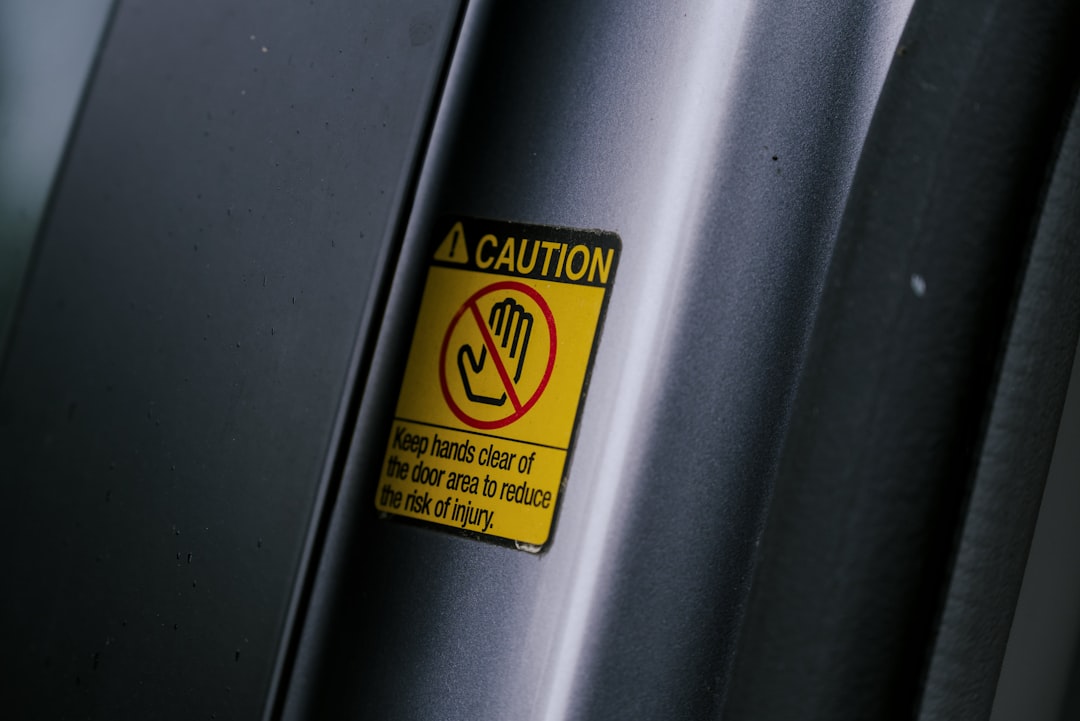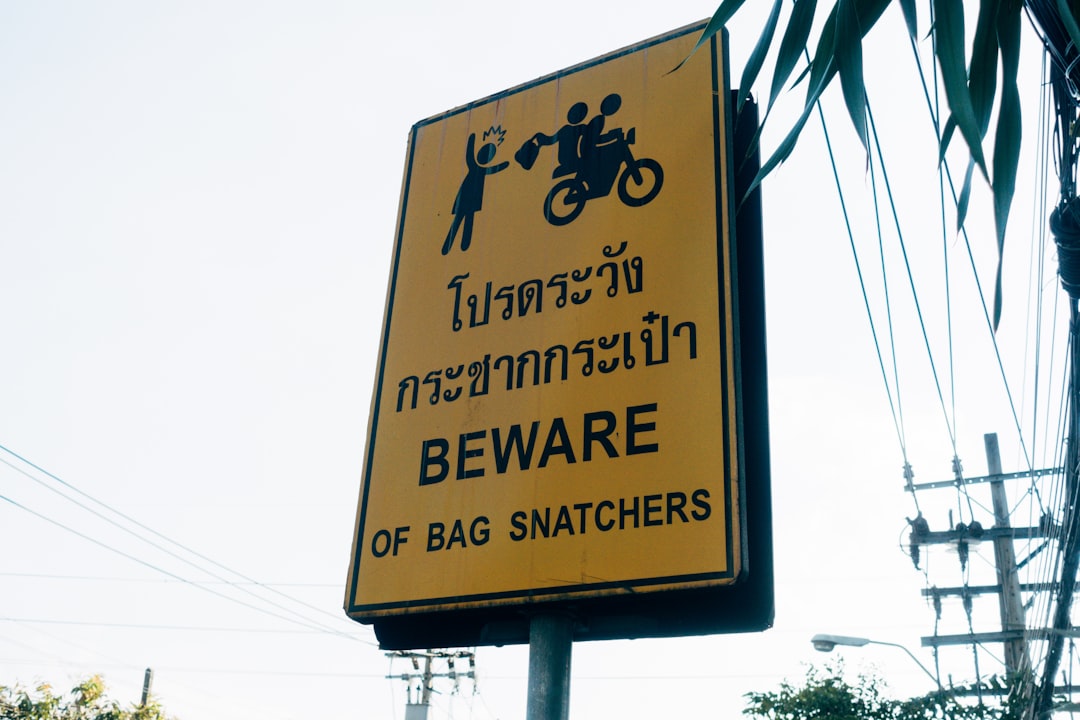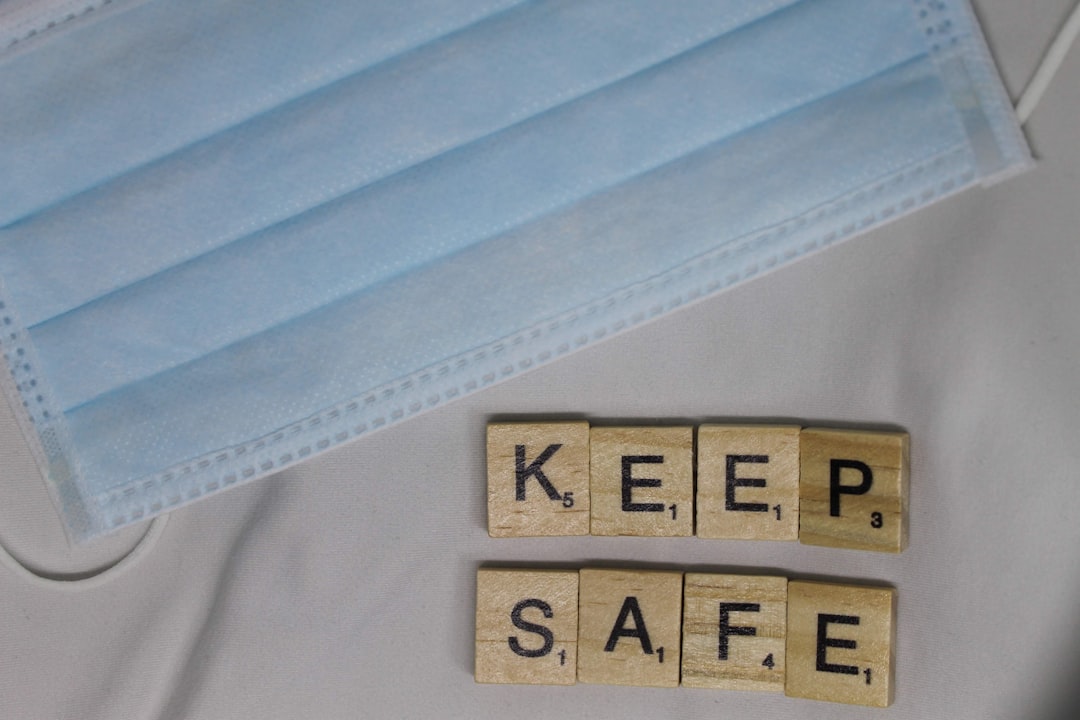Interior painting in Miami presents unique challenges requiring particular attention to safety due to the city’s tropical climate, high humidity, and indoor air quality concerns. Homeowners must focus on proper ventilation, the use of non-toxic materials, and the selection of paints compatible with Miami’s environment. Additionally, employing the right equipment, such as ladders and protective gear, ensures a safer painting experience. This article explores essential strategies and step-by-step guidelines to protect both the painter and the home interior during painting projects, alongside practical recommendations for handling materials and addressing moisture issues common in Miami properties.
Interior Painting Safety Tips for Miami Homeowners
Painting the interior of a home can transform living spaces with fresh colors and renewed ambiance. However, for Miami homeowners, painting projects require careful safety considerations tailored to the area’s tropical conditions. Miami’s high humidity, moisture-prone environments, and potential for mold growth, combined with the use of chemical-based paints and solvents, make safety a critical priority. In this guide, we emphasize actionable safety tips, from selecting the right paints—such as low-VOC options from trusted brands like Sherwin-Williams and Benjamin Moore—to ensuring adequate ventilation and protecting yourself with recommended equipment like Purdy brushes and Graco spray systems.
This article will also cover essential steps for handling painting tools and materials safely, tips to manage indoor air quality during and after painting, and advice on how to prevent accidents using the right ladder choices and protective gear available in the market. With the correct approach, Miami homeowners can achieve a successful interior painting project that is not only aesthetically pleasing but also healthy and secure for everyone involved.
Understanding Miami’s Unique Challenges for Interior Painting Safety
Miami’s subtropical monsoon climate creates an environment where interior painting involves special considerations beyond the typical project. The city’s excessive humidity and the presence of salt air contribute to higher moisture levels indoors, creating risks for paint deterioration and indoor air pollutant buildup.
One of the biggest challenges Miami homeowners face is the increased chance of mold and mildew developing on painted surfaces, especially in rooms like bathrooms and kitchens. Failing to address moisture properly before painting can lead to bubbling and peeling paint, which compromises the protective layer and potentially exposes residents to allergens.
Humidity and Moisture Control
Effective moisture management is fundamental in making interior painting safe and long-lasting in Miami. Before initiating any painting project, ensure that areas prone to dampness undergo thorough drying and mold remediation if necessary. Utilizing efficient dehumidifiers and exhaust fans can significantly reduce indoor humidity, preventing paint failure.
- Inspect Walls for Mold: Use moisture meters and visual checks to identify problem areas.
- Apply Mold-Resistant Primers and Paints: Brands like Zinsser offer mold-resistant solutions ideal for Miami homes.
- Improve Ventilation: Open windows and use fans to promote air circulation during painting.
Proper Ventilation to Avoid Fume Exposure
Most interior paints contain volatile organic compounds (VOCs) which release fumes that can irritate eyes, nose, and throat or cause headaches and dizziness, especially in confined spaces. Miami homes often have sealed windows to maintain air conditioning efficiency, but this can increase fume concentration during painting.
How to ensure safe ventilation:
- Install high-capacity fans or use air purifiers with activated carbon filters during and after painting.
- Keep doors and windows open whenever possible to allow fresh air exchange.
- Choose low- or zero-VOC paints from brands like Benjamin Moore or Valspar that are better suited for indoor use.
| Paint Type | Key Safety Benefit | Suitable Brands |
|---|---|---|
| Low-VOC Paint | Minimal harmful fumes, safer for sensitive individuals | Sherwin-Williams, Benjamin Moore, Glidden |
| Mold-Resistant Paint | Prevents mold growth on humid walls | Zinsser, Valspar |
| Water-Based Acrylic | Less toxic, easy cleanup, reduce fumes | Wooster, Graco compatible paints |

Essential Equipment and Safety Gear for Interior Painting in Miami
Safety in interior painting encompasses both the environment and the painter’s personal protection. Using the correct tools not only enhances paint application but also guards against accidents and health risks.
Choosing the Right Tools
High-quality brushes and rollers from Purdy and Wooster brands ensure smooth finishes and reduce the effort needed, lowering the risk of strain injuries. For larger surfaces, Graco paint sprayers deliver efficient, even coats but require careful handling and respiratory protection to avoid inhaling paint mist.
- Brushes and Rollers: Pick ergonomically designed options that reduce fatigue.
- Paint Sprayers: Use with respirators and in well-ventilated areas.
- Protective Plastic Drop Cloths: Protect floors and furniture and reduce cleanup time.
Personal Protective Equipment (PPE)
Wearing adequate PPE is crucial in Miami, given the common use of paints containing chemical additives. Recommended gear includes:
- Respirators or masks compatible with organic vapors
- Protective eyewear to prevent paint splashes
- Gloves made from nitrile or latex to guard skin from chemicals
- Long-sleeved clothing and hats to protect skin from paint droplets and UV exposure through windows
When working in high or awkward spaces, securing oneself with stable ladders from the latest 2025 top-rated lists, such as products reviewed in our guide on top-6 ladders for 2025, improves safety and efficiency. Always inspect ladders before use and avoid overreaching to prevent falls.
| Equipment | Safety Feature | Recommended Use |
|---|---|---|
| Purdy Brush Set | Durability and ergonomic handle reduce wrist strain | Small to medium surface areas |
| Graco Paint Sprayer | Even coverage, spray control | Large surface areas, requires respiratory protection |
| Protective Gear Kit | Full body, respiratory, and eye protection | All painting scenarios in enclosed areas |
Step-by-Step Procedures for Safe Interior Painting Projects in Miami Homes
Following a systematic process minimizes hazards and maximizes paint longevity. Miami homeowners should design their painting approach addressing moisture control, paint selection, and safety compliance.
Preparation Phase
Effective preparation ensures smooth work and minimizes exposure to hazards:
- Surface Cleaning: Remove dust, grease, and mildew using mild cleaners or specialized mold-removal products.
- Wall Repair: Fill cracks and holes using quality caulks and sealants designed for humid climates. Our detailed caulks and sealants guide can provide best options.
- Room Ventilation: Open windows and deploy fans for fresh air circulation.
- Protective Measures: Lay down drop cloths and move furniture away from walls.
Painting Phase
- Work in Sections: Paint small zones to control ventilation and paint drying timing effectively.
- Use Proper PPE: Always wear masks, gloves, and eye protection.
- Apply Paint with Care: Avoid splatters and spills by controlling brush and roller pressure and speed.
Post-Painting Phase
- Ventilate thoroughly: Keep fresh air flowing for 48-72 hours to dissipate fumes.
- Dispose of Materials Properly: Follow local regulations for paint and solvent disposal to minimize environmental impact.
- Inspect Work: Check for uneven coverage or missed spots and touch up if needed.

Choosing the Best Paint Products and Brands for Miami Interior Safety
Paint selection is critical to ensure longevity, ease of application, and safe indoor air quality. Leading brands with proven formulas include Sherwin-Williams, Benjamin Moore, Valspar, and Glidden, offering a range of low-VOC, mold-resistant, and high durability paints optimized for tropical climates.
When selecting materials, favor the following:
- Low-odor, low-VOC paints: To reduce indoor air contamination.
- Mildew-resistant finishes: For high-humidity rooms.
- Water-based acrylic options: Easier cleanup and less toxic than oil-based alternatives.
- Compatible primers: Such as Zinsser products to ensure adhesion and mold protection.
For surface preparation and paint application, tools from Wooster and Purdy simplify the workflow and improve finish quality. Items like FrogTape help create clean, sharp paint lines that reduce the need for touchups.
| Brand | Recommended For | Key Features |
|---|---|---|
| Sherwin-Williams | Interior Walls and Ceilings | Low-VOC formulations, wide color palette, and mildew resistance |
| Benjamin Moore | High Humidity Rooms and General Use | Green Promise low-odor paints, durability, mold inhibitors |
| Valspar | Bathroom and Kitchen Areas | Mildew-resistant technology, easy cleanup |
| Zinsser | Primers and Spot Treatments | Superior adhesion, anti-mold properties |
Safe Cleanup and Waste Disposal After Painting in Miami Homes
Proper cleanup and disposal of paint-related materials are essential for maintaining a safe and eco-friendly environment. Miami homeowners benefit greatly when following best practices to reduce environmental pollutants and protect household safety.
Key cleanup tips include:
- Use biodegradable soaps and warm water to clean brushes and rollers immediately after use.
- Seal leftover paint tightly to prevent chemicals from evaporating or contaminating soil.
- Recycle empty paint cans and containers following local Miami waste management guidelines.
- Avoid pouring paint or solvents down drains to protect water supplies.
You may consult local guidelines or resources such as those on seasonal roof maintenance or roof inspections to learn more about safe home care and environmental protection in Miami.
How to Avoid Common Interior Painting Injuries and Health Issues in Miami
Injuries during interior painting projects are common but preventable with proper preparation and mindfulness. Miami’s humid environment adds complexity because it increases slippery surfaces and fosters mold growth, which can cause respiratory problems if disturbed.
- Wear non-slip shoes: To avoid falls on wet or damp surfaces.
- Handle ladders safely: Set on flat, stable surfaces and do not overreach.
- Use low-odor, non-toxic paints: To minimize chemical inhalation.
- Keep children and pets away: During and for several days after painting.
- Take breaks: Avoid fatigue that may compromise safety.
Respiratory protection is highly recommended, especially when using spray equipment or working in poorly ventilated spaces. If mold is present, properly treat it before painting to avoid airborne spores.
Expert Painting Advice for Miami Homeowners: Enhancing Safety and Project Longevity
To maximize the durability of interior paint and maintain a healthy environment, homeowners should integrate expert recommendations such as those offered by local professionals. Experienced painters stress the importance of quality materials, moisture control, and safe working conditions.
- Schedule painting during drier months to reduce humidity-related complications.
- Consult professionals familiar with Miami’s climate to select optimal products and techniques.
- Regularly inspect and maintain painted surfaces to catch issues early and extend paint life.
- Use eco-friendly paint options to protect household air quality and the environment.
Combining these precautions with ongoing home maintenance such as seasonal roof maintenance and inspections can further prevent water intrusion that damages interior paint.


